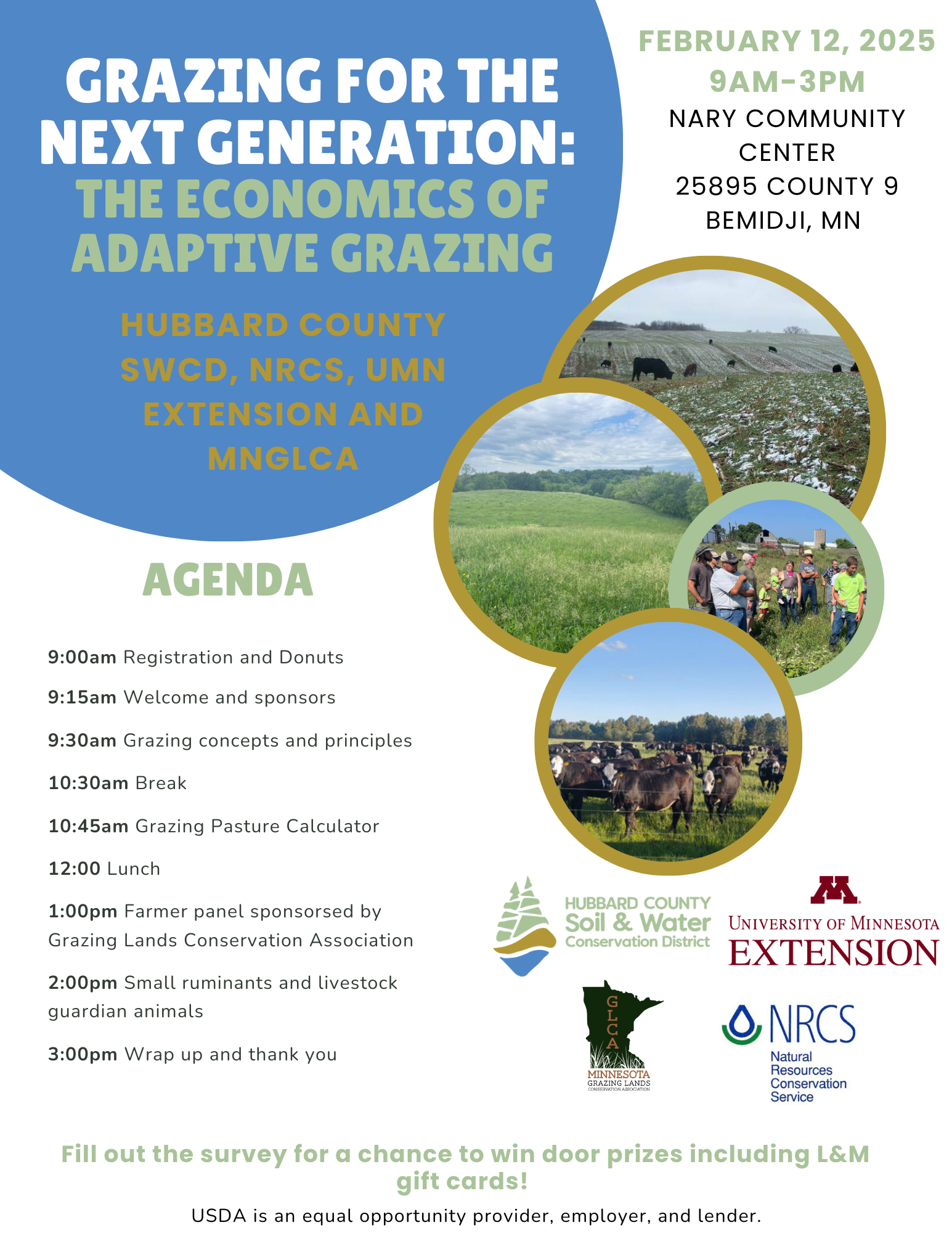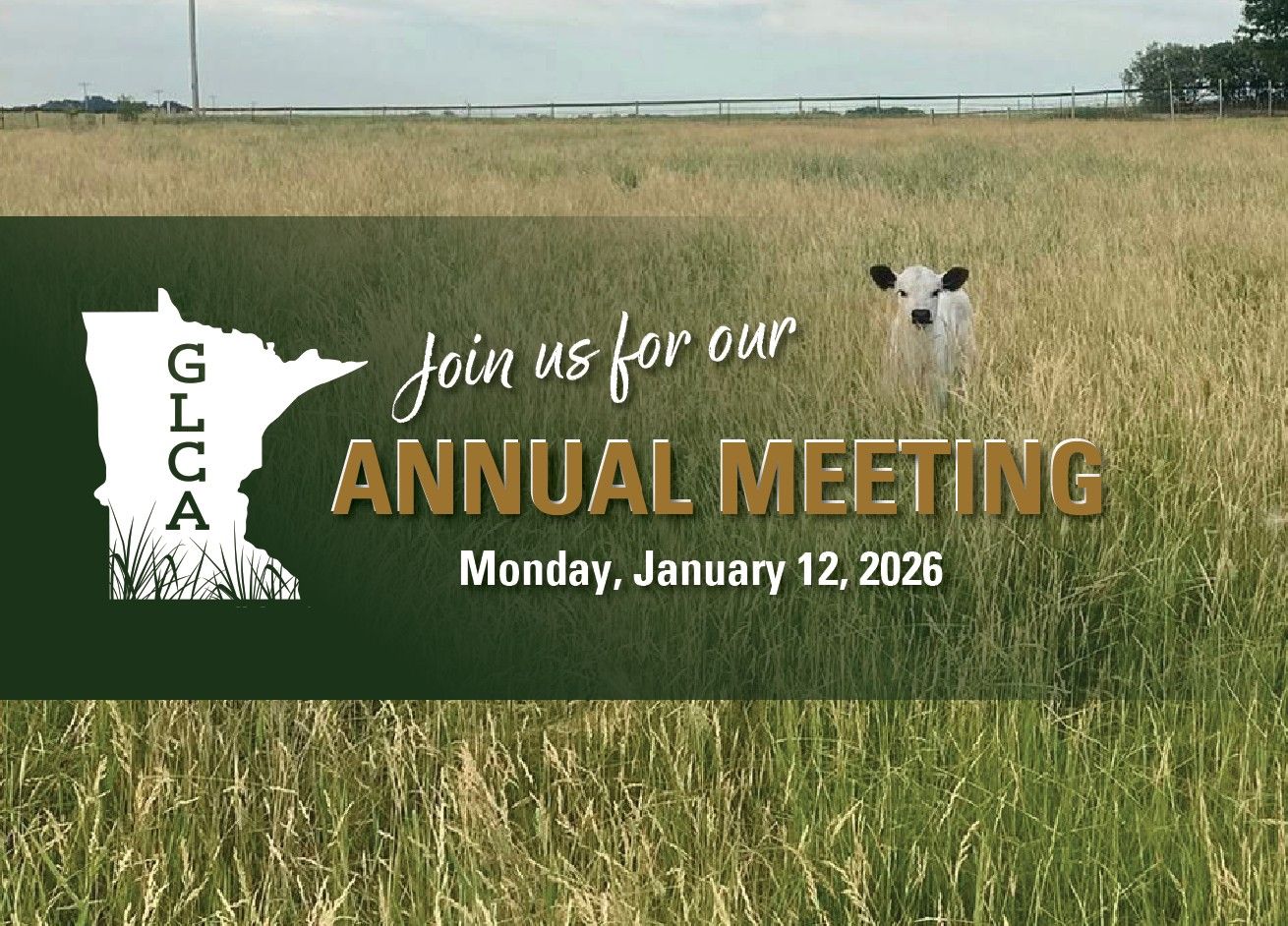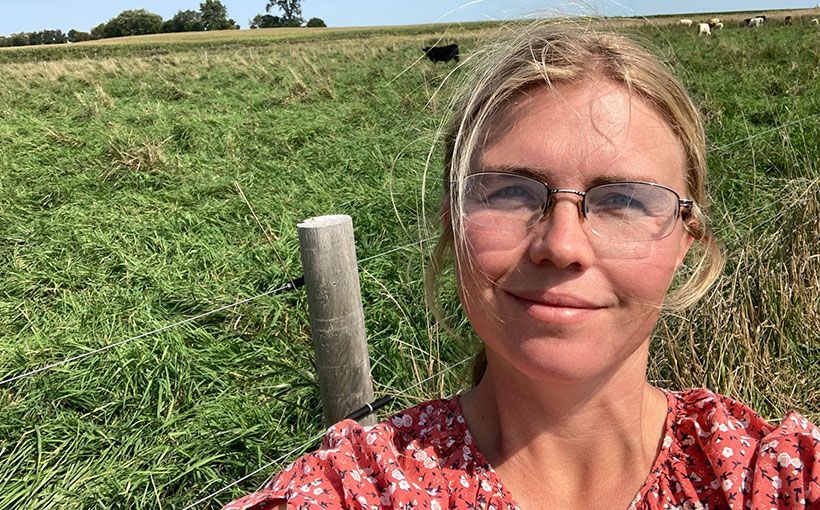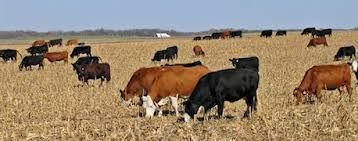
Hay & Forage Grower
Oct. 3, 2023 08:00 AM
By Amber Friedrichsen, Associate Editor
Cornstalks become a major source of forage on some farms during the fall — especially if the previous growing season conditions limited pasture growth or hay production. Grazing crop residue can be an economical way to feed dry cows or fall-calving pairs, but only if grazing management and supplementation practices are in check.
For context, research from the University of Nebraska-Lincoln shows that for every bushel of corn harvested, there are approximately 18 pounds of stems, 16 pounds of husks, and 6 pounds of cobs left in a field on a dry matter basis. Taking advantage of what the combine leaves behind cannot only delay how soon producers feed hay in the fall, but it could reduce the amount of forage purchased through the winter.
Although the primary benefit of grazing cornstalks is lower feed costs, extension specialists from Penn State University note other perks of this practice include faster plant decomposition from livestock disturbance and better nutrient distribution from cattle manure. Letting livestock clean up corn grain will also curb volunteer corn in soybean fields the following year. And while baling cornstalks might be routine for some, the specialists encourage producers to try and graze the crop residue instead.
“This (grazing) is more efficient than baling cornstalks and feeding them at an offsite location,” they state. “Baled cornstalks, while an excellent winter feed option in some cases, do require additional input costs for baling, storage, and labor when compared to simply grazing corn crop residue in the field.”
One cause for concern regarding cornstalk grazing might be soil compaction and future yield drag. While results will vary with soil conditions, the specialists cite studies from Nebraska that show no difference in subsequent crop yields where cornstalks were grazed. In fact, another study shows crop yields improved in high-preforming fields when some of the corn residue was removed via grazing.
Strip grazing is key
Cattle will graze grain first, followed by corn leaves and husks. These plant parts have considerably higher forage quality compared to cobs and stalks, which cattle tend to avoid. Data from a study at the University of Nebraska-Lincoln shows corn grain had an average crude protein (CP) content and in vitro dry matter digestibility (IVDMD) of 10% and 90%, respectively. These numbers were 7% and 58% for corn leaves, whereas cornstalks had an average of 3.7% CP and 51% IVDMD.
Implementing a grazing strategy like strip grazing will reduce selectivity and maximize forage utilization; however, the best-case scenario is to move the fence forward before cattle are forced to graze only cobs and stalks. Doing so will also reduce the risk of nitrate poisoning in drought-stressed fields since nitrates usually accumulate in the lower one-third of cornstalks. Plus, it ensures there is residue available for ground cover to prevent soil erosion.
Strip grazing can also help animals avoid grain overload. This occurs when cattle consume large amounts of starch that interfere with rumen function, resulting in bloat and even death. The specialists suggest scouting cornfields before allowing cattle grazing access. If there are more than 8 to 10 bushels of corn leftover after harvest, move animals through the field fast enough to limit grain intake.
Supplement lactating cows
Supplementation for certain classes of livestock may be necessary to make the most of grazing cornstalks. For example, first-calf heifers will need extra protein and energy to meet their nutritional needs if they graze cornstalks within 90 days prior to calving. Conversely, fall-calving cows will require supplementation for at least 90 days after calving.
“Within the first three months of calving, cows have the greatest nutrient requirements and will need 4.5 pounds per head per day of a supplement that is at least 30% protein and 90% total digestible nutrients (TDN) on a dry matter basis in addition to the corn crop residue they are grazing,” the specialists explain. Feeding 6 pounds of dried brewers grains or 5 pounds of dried distillers grains per head per day would bridge this gap, they add.
Cornstalks should be able to satisfy the nutritional requirements of spring-calving cows in mid-gestation as well as dry cows. The specialists expect corn residue to provide enough energy and protein for these animals to maintain their body weight, if not gain weight. That said, they suggest providing salt, mineral, and vitamin A supplementation to all cattle that are grazing cornstalks.
Graze sooner than later
As with any forage, cornstalk quality will worsen over time. Although the rate of decline depends on environmental factors such as temperature, precipitation, and other field conditions, the specialists recommend grazing cornstalks within the first few months of harvest — October, November, and December — rather than waiting until later in the season. This may also be good advice to get ahead of inclement weather.
“Most beef cows can successfully graze corn residue in fields that have up to 4 to 6 inches of snow cover; however, cattle will not be able to graze fields that are covered with ice,” the specialists assert. “Because of this reliance on the weather, always keep in mind the importance of having an emergency feed supply, such as hay or silage.”
Grazing cornstalks can be a sustainable, if not profitable, practice for livestock producers to implement this fall. Doing so can lower feed costs without sacrificing cattle performance, as long as animals are able to meet their nutrient needs.
Recent Articles
